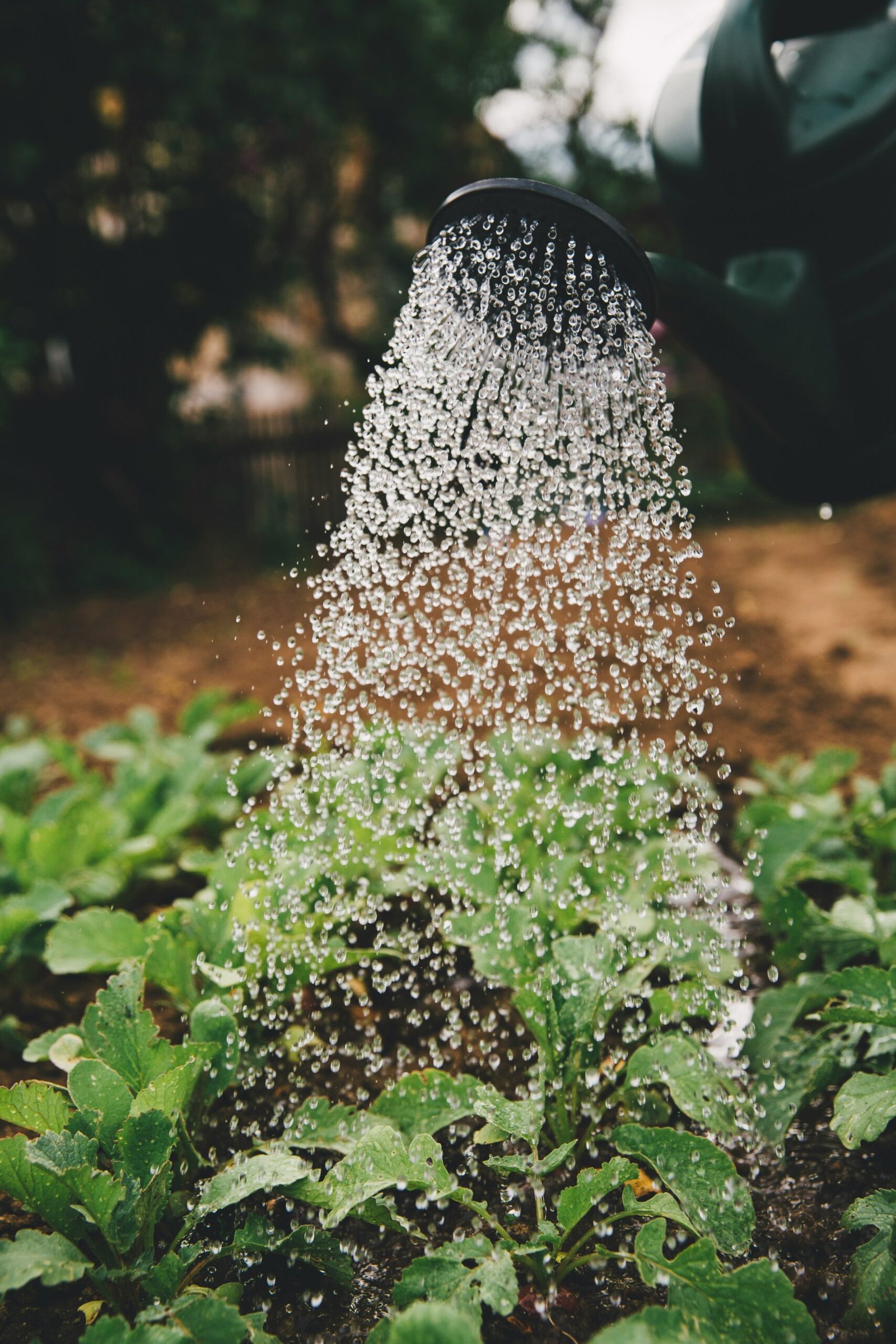Houseplants not only bring a splash of greenery into our lives but also offer the joyous opportunity to propagate them. Whether you’re a seasoned gardener or a novice just starting out, one effective method is using leaf cuttings, leaf-petiole cuttings, or leaf section cuttings. These methods allow you to grow new plants from parts of existing ones, making it both cost-effective and rewarding.
Understanding Leaf Cuttings
Leaf cuttings are one of the most accessible ways for houseplant propagation. This method works exceptionally well for plants with fleshy, succulent leaves, such as African violets and jade plants. Simply cut a healthy leaf close to the stem and insert it into a moist growing medium. New roots and shoots will begin to form within a few weeks, giving rise to a new plant.
Propagating with Leaf-Petiole Cuttings
For plants like begonia and peperomia, leaf-petiole cuttings are a favored propagation approach. Here, you need to select a robust leaf along with its petiole – the small stalk that attaches the leaf to the stem. Place the petiole into a potting mix, keeping the leaf surface above the medium. Ensure the growing environment is humid and well-lit but away from direct sunlight. Over time, tiny plantlets will start to appear at the base of the petiole.
Leaf Section Cuttings for Larger Leaves
Certain houseplants, particularly those with larger leaves, can be propagated using leaf section cuttings. Snip the leaf into sections, making sure each piece has a vein. Insert the sections vertically into a moistened growing medium. It’s crucial to maintain a humid environment by covering the container with plastic. Each section will gradually develop into a new plant.
Propagating houseplants through leaf cuttings, leaf-petiole cuttings, and leaf section cuttings offers a fascinating and practical way to multiply your greenery. With a bit of patience and care, you’ll soon have an abundance of new plants to enjoy or share with friends and family.
Propagate houseplants from leaf-petiole cuttings or leaf cuttings and leaf section cuttings
Learning Outcome:
Learn different kinds of leaf cuttings that can be used to propagate plants.
Methods
Exercise A:
- I chose a pot of an African violet so that my cuttings are from only one
- I took a total of 12 leaves of similar
- I removed the petiole for ½ of the leaves and for the other half I left the petioles
- I filled two 806 with the commercial potting I placed the petiole and base of leaf into the medium.
- I labeled them and placed them in the designated area in the greenhouse Exercise B
- I selected 2, larger, healthy-looking leaves from a begonia
- I cut the leaf with the For the other leaf, I nicked along the major leaf veins. Then pinned it down, to maintain contact with the media surface. I also put a little blob of media over the top of each nick as well, to assist in holding it down.
- Using a 1201, and the media provided, place the leaf-section cuttings in rooting medium and pin them to the medium with u-shaped pieces of florist’s wire, making certain that the wounds come into direct contact with the rooting medium
- I labelled my Carefully placed my tray into a plastic bag, tie, to create a small greenhouse. I placed the tray in the designated greenhouse bench area.
Observations and Data
| Treatment | Date Cuttings Stuck | Root Ratings Wk 1 | Root Ratings Wk 2 | Root Ratings Wk 3 | Final Average Root Rating | Final No. of Adventitious Shoots | |
| African Violet | Leaf Petiole | 2/8/ 2023 | 0 | 1 | 2 | 1 | 0 |
| Leaf Only | 2/8/ 2023 | 0 | 0 | 0 | 0 | 0 | |
| Begonia | Leaf
Petiole |
2/8/2023 | 0 | 0 | 0 | 0 | 0 |
| Leaf with nicks | 2/8/2023 | 0 | 0 | 0 | 0 | 0 |
Rating: *0= no roots & no callus; 1=callus only; 2=roots < ¼” in length; 3=a few roots(<5) >¼” in length; 4=many roots (>5) >¼” in length
- The Begonia were placed in a plastic bag to provide it with a favorable microclimate. It helped maintain
- My Begonia leaf cutting Since it was wounded it was more susceptible to water loss and disease.
- My Begonia petiole leaf cutting only started showing rooting last week. The slow growth may be due to the low temperatures it has been exposed to because of being near a window that has been frosted a couple of
- The leaf petiole cutting of the African Violets were more successful than the leaf cutting.
- The leaf cutting is more susceptible to changes in water content so its more difficult to root.
 leaf cuttings and leaf section cuttings
leaf cuttings and leaf section cuttings




